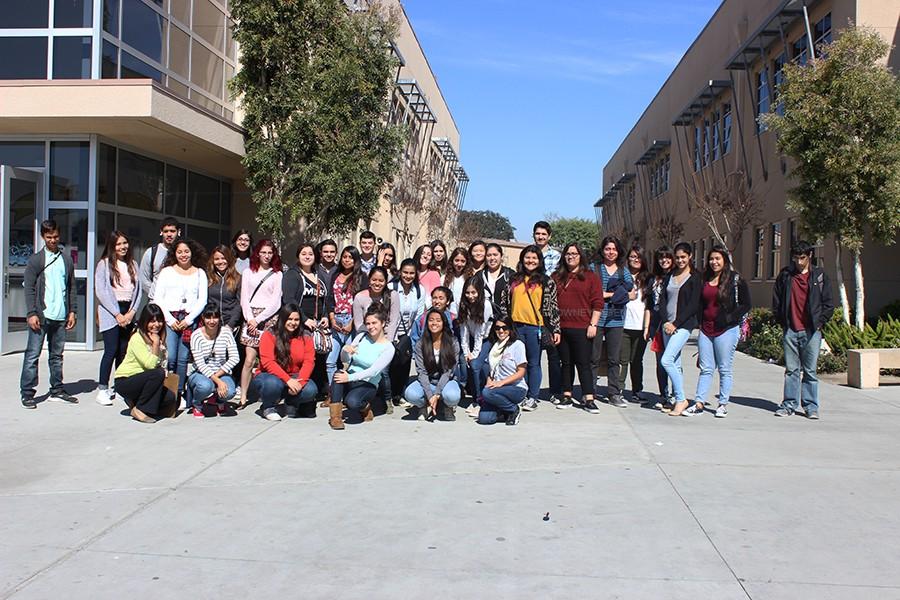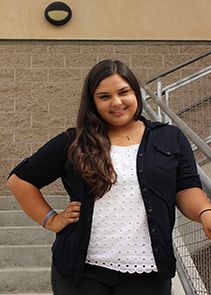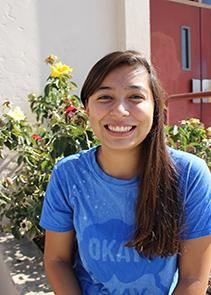The history of tolerance
March 10, 2015
On Wednesday, Feb. 25, both the AP French class and the Sprench club took a field trip to the Museum of Tolerance to learn about the history and importance of tolerance.
The AP French class just finished their unit on tolerance, so the Museum of Tolerance seemed to be a fitting place to go on a field trip.
Senior and AP French student, Neydi Telix, left the museum with a better understanding of the world and why we should be more tolerant of each other.
“The unit we learned in AP French, La Tolerance, and what was taught in the museum let’s us know about the controversies in the world,” Telix said. “For example: racism, prejudices, hatred, and war, and how these still affect us now and how much suffering they have caused in the world.”
The Museum of Tolerance features exhibits, including a tribute to the history of the Holocaust.
AP French student and Sprench Club president, Kassandra Dejesa, learned about the history of tolerance in Germany. One mission of the Sprench Club is to bring awareness of other cultures
“Of course at the Museum of Tolerance, I learned about tolerance, however, as we proceeded throughout the museum, I wasn’t learning anymore. I was experiencing,” Dejesa said. “We were almost transported back in time during Hitler’s reign and the Holocaust. After our time living the horrors of not only the Jewish, but also all of the prejudiced, I learned that tolerance is more important than ever. I learned that the horrible past does not have to reoccur if we can all just tolerate.”
The museum prides itself into putting effort into preventing hatred and genocide from occurring to any group in the future. It is crucial that we never forget the history of how the world became the way it is today.
“The most important thing is to remember and never forget about all those people that died in the Holocaust,” Telix said. “Not only because of their courage and strength, but because we never know if we may ever have another similar tragedy.
French teacher and one of the Sprench Club advisors, Mrs. Baca, organized the field trip so her students could see the impact of tolerance in the modern world.
“The Museum of Tolerance not only shows how diverse we all are but how this diversity impacts who we are and what we do,” Baca said. “Mrs. Buenrostro and I wanted to get students to think not only of their own identity, but of how their actions can impact those around them.”
Senior and AP French student, Marina Riad, was able to gain knowledge on how history is sill alive today.
“The most interesting thing is that the history has lived on throughout the decades,” Riad said. “It’s great that people are still around to tell the story.”
Tolerance may not have the same meaning to everyone, but every person must act on what they believe in order to make a difference.
“Tolerance is not necessarily acceptance, but maybe we can just learn to accept,” Dejesa said. “If you say it enough times, people will start to believe you.”
The AP French class is now talking about tolerance in France and the ban on face covering, or la burqa.





